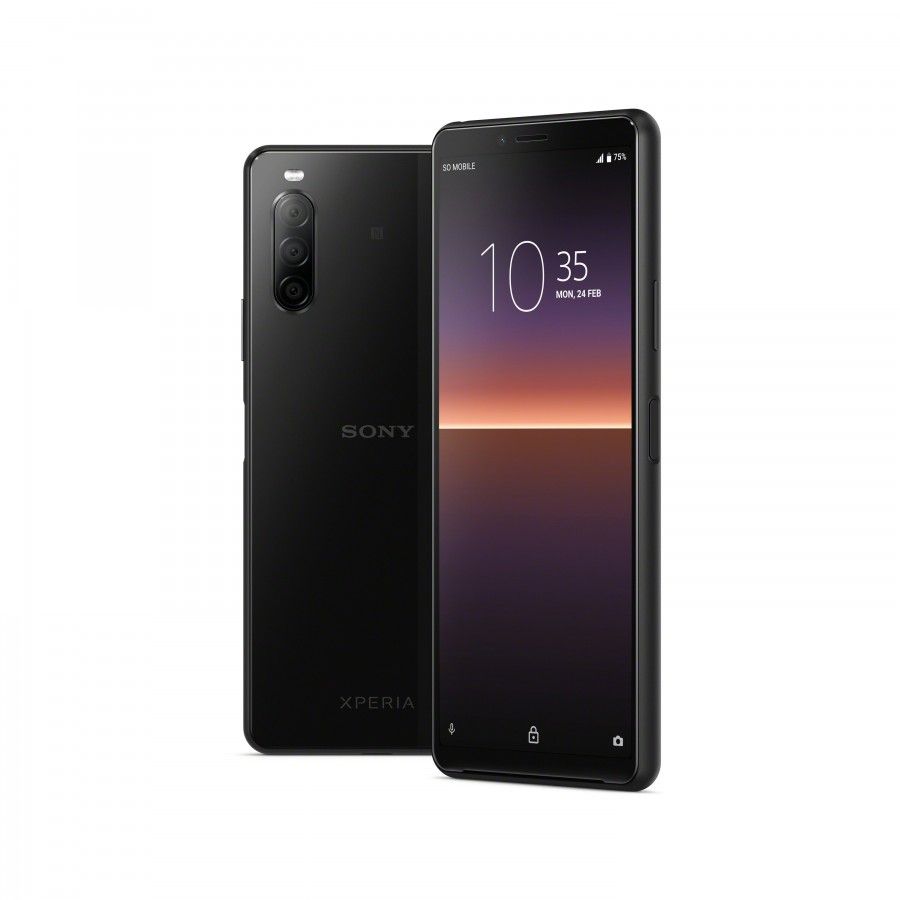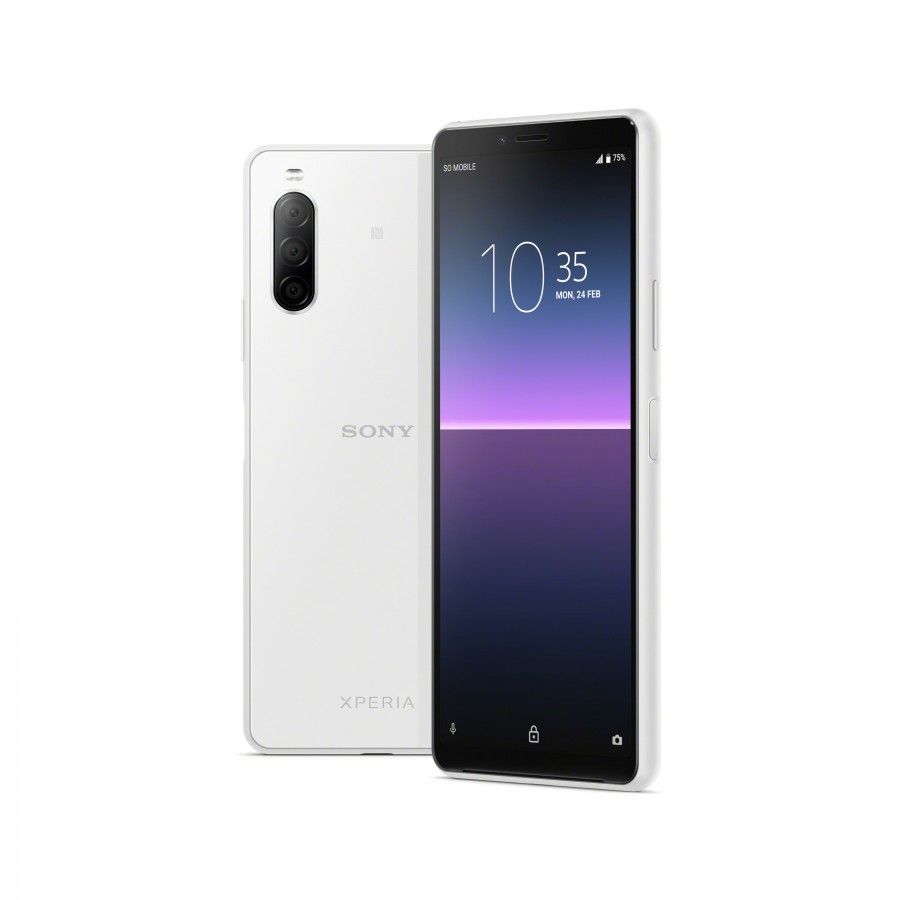Despite not taking part in the Android One program, ASUS launched the ZenFone Max Pro M1 back in 2018 with a close-to-stock version of Android 8.1 Oreo. The phone received its Android Pie update around a year ago, and ASUS delivered a beta version of Android 10 for this device in January 2020. While we don’t know any specific timeframe regarding the arrival of the stable Android 10 update as of yet, it seems quite close as ASUS decided to publish a second beta build of Android 10 for the ZenFone Max Pro M1.
ASUS ZenFone Max Pro M1 XDA Forums
The version number of the new build is 17.2017.2004.424, which is a rather steep jump from the initial beta build tag (17.2017.1911.407). The Android security patch level has been bumped to April 2020, and those who are on the latest stable Android Pie build can now perform an upgrade without failing. Unlike the previous build, the Widevine DRM level is now at L1, thus ZenFone Max Pro M1 owners can stream Netflix or Amazon Prime Video in full HD.

The complete changelog of the latest Android 10 beta for the ZenFone Max Pro M1 is listed below.
- Updated Android security patch
- Fixed fingerprint cannot be set issue
- Fixed latest Android P image cannot upgrade to Android 10 issue
- Fixed user can’t hear low frequency sounds issue
- Fixed fast charging not working issue
- Fixed Arena of Valor without high frame rate mode issue
- Improved sound quality at Media and notification sounds
- Fixed Netflix no HD (widevine L3) issue
- Fixed lock screen wallpaper issue if user sets different pictures for the wallpaper lock screen, and double-click to wake up
- Fixed text display issue of APP name
There is no incremental OTA package, so interested users have to download the full-sized update zip that weighs about 1.6GB. Keep in mind that Electronic Image Stabilization for video recording is still broken, and the Fingerprint related options under Settings may randomly disappear. One should also perform a full backup before flashing, as ASUS does warn about potential data wipe issues.
Download second Android 10 beta for the ASUS ZenFone Max Pro M1
Download downgrade package to revert back to Android Pie
Source: ASUS
Thanks to ASUS ZenTalk Community user umangsharma9199 for the screenshot!
The post ASUS ZenFone Max Pro M1 receives second Android 10 beta update with April 2020 security patches appeared first on xda-developers.
from xda-developers https://ift.tt/3doKsA7
via IFTTT











